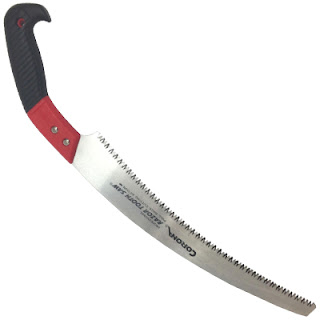Palms have long been a favorite of desert gardeners, commercial enterprises and homeowners. They make striking accents and give a tropical look to desert and traditional landscapes. Some varieties are planted as single specimens, some in accent clumps and others make excellent potted subjects for yard or patio. The following paragraphs cover when and how to plant palms, how to maintain them and which ones have proven track records in our climate.
PLANTING PALMS. The culture of palms is relatively simple. They can be planted throughout the year but establish more quickly during our warm season. The optimum time for planting and transplanting palms is April through September. This is especially true for large specimens, or cold tender varieties. Palms prefer their own planting areas, free from grass lawns, but most varieties will do fine in sloped lawn areas with excellent drainage. Like most other shrubs and trees planted in our climate, palms benefit from good soil preparation.
PREPARING THE SOIL & PLANTING. Palms will tolerate a wide variety of conditions but establish and grow much better in amended, well-drained soil. Mix 1 part Paydirt™ Planting Mix to 2 parts native soil. Add Dr. Q’s™Gold Dust Starter Fertilizer per package instructions. Plant container palms so the top of the root ball is level with top of the planting area. See StarNote 001, Planting Guide, for detailed planting instructions. For bare root palms, the original soil line on the trunk will indicate proper planting depth. Staking or other supports may be needed until a new root system has established. The only benefit for leaving the fronds tied up is reduced wind resistance.
WATERING. Once established, most palms will tolerate drought, but thrive and grow with regular, deep watering. Remember to cut back watering frequency in winter when the soil is cold and palms are not growing actively. Don’t let sprinklers hit the trunk or erosion of tissue will eventually destabilize the palm and cause it to break. Yellowed palm fronds, or fronds with yellow and brown spots, are good indicators of improper watering.
FERTILIZING. Fertilize ONLY DURING SUMMER with a specialty palm fertilizer, like Dr. Q’s® Palm Tree Food, containing slow-release nitrogen, magnesium and manganese. Bright yellow bands on outer parts of palm fronds indicate a magnesium deficiency. Manganese deficiency usually shows as stunted, distorted new growth that may be yellow when it first emerges. Some palms also show spotting on the fronds. A nitrogen deficiency reveals itself in overall light green frond color, with the older fronds showing the lightest color. Feed your palms 2 or 3 times a year from May through September..
MAINTENANCE. Remove palm fronds only when they have turned completely brown. Summer is usually the best time to prune. You can remove old fronds and fruit stalks at the same time. Don’t prune in late fall or winter. Old fronds give the crown additional protection from cold weather. When transplanting palms, pull the fronds up and tie them securely to protect the crown from drying out. Remove ties when new growth begins. Skinning is the process of removing frond collars from the trunk. Use a utility knife or similar tool to do this. Score the bottom of the frond collar and it will pop right off the trunk. Don’t skin palms during winter.






<a href="https://www.vitasave.ca/new-roots-strong-bones-nr10950.html>new roots magnesium</a>I am very much pleased with the contents you have mentioned. I wanted to thank you for this great article. I enjoyed every little bit part of it and I will be waiting for the new updates.
ReplyDelete